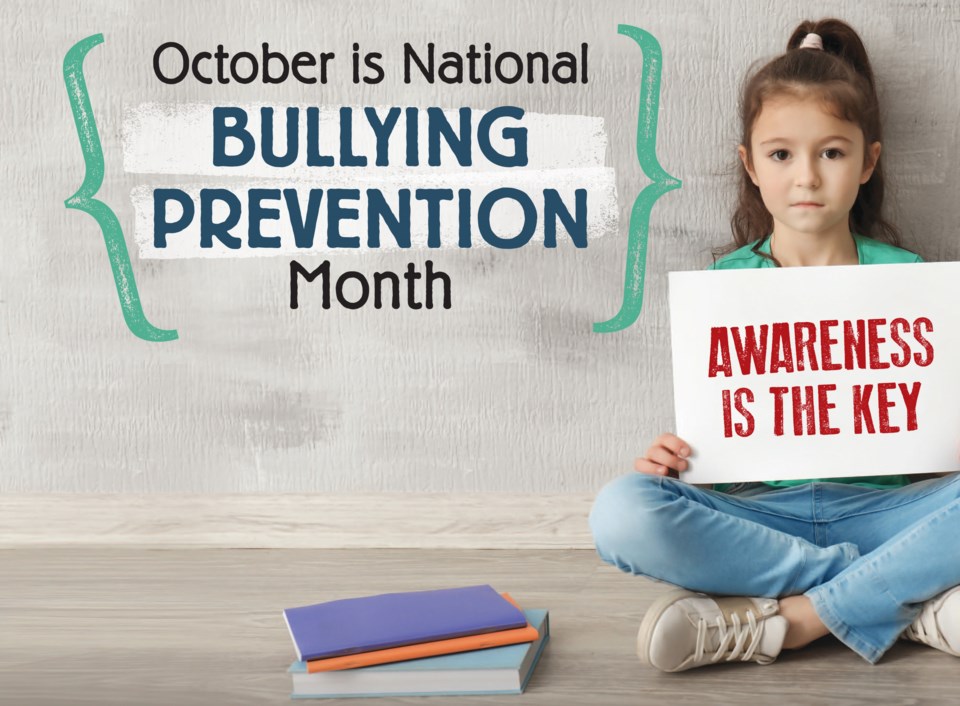October is National Bullying Prevention Month, a campaign that strives to raise awareness about the importance of preventing bullying in schools, communities and organizations. Although bullying can happen anywhere, it’s especially prevalent in elementary and high schools where one in five students are bullied.
5 signs your child is being bullied.
Here are some of the main warning signs that can help you identify whether your child is being bullied at school.
1. A reluctance to go to school
It’s normal for kids to want to avoid the place where they get bullied. If your child makes excuses to stay home or to leave school early on an ongoing basis, it may be a sign that they’re being bullied.
2. Injuries or damaged property
Not every bully uses physical violence. However, your child is likely being harassed if they have bruises or other injuries that can’t easily be explained. Similarly, missing or damaged property may be a sign that there’s a bully afoot.
3. Behavioral changes
Changes in your child’s demeanor or personality may be especially telling. Bullied children can seem sad, moody, anxious, fearful, angry or depressed. They may become irritable, withdrawn or simply appear unhappy. Loss of interest in activities they once enjoyed may also be a sign. Additionally, be on the lookout for self-denigrating behavior and other indicators of low self-esteem.
4. Physical ailments
The stress and pain caused by frequent bullying may manifest in the form of various ailments. A bullied child may experience:
• Trouble sleeping
• Loss of appetite
• Binge eating
• Stomach aches
• Headaches
If your child experiences these symptoms, it may indicate that they’re being bullied.
5. Social changes
Changes in your child’s social circle or a newfound reluctance to see peers can signal a problem with bullying. A difference in how they behave when using their phone or the internet may indicate an issue with cyberbullying.
Try to stay abreast of your child’s social life and watch out for major shifts in how they relate to others.
If your child is being bullied at school, they’ll likely need your help to remedy the problem. Offer reassurance that you’ll work through the problem together and support them in reaching out to the appropriate person at their school.
Preventing cyberbullying: How to keep children safe online
Cyberbullying is a growing problem for today’s children and teenagers. As a parent, here’s what you can do to protect your children from cyberbullying.
Talk to them. Ask them what they know about cyberbullying and whether they’ve witnessed or experienced it themselves. Many students avoid talking about the issue with their parents for fear they won’t be allowed to use social media or their devices at all. Let them know that you won’t curtail their access to the internet.
Teach them online safety protocols. Students should be taught how to use the internet safely. This includes:
• Not sharing personal information online, including their age and where they live
• Not opening suspicious links, emails and messages
• Adjusting online accounts to the strongest privacy settings available
• Using secure passwords and not sharing them with others
Monitor their activity
Limit their internet use to common areas of the house so you can keep an eye on what they’re doing. Insist they give you their passwords and let them know you’ll be monitoring their activity regularly.
If your child is being cyberbullied, work with them to decide on the best course of action. This should include saving copies of hostile messages and posts, blocking the bully and notifying the proper authorities if necessary.



